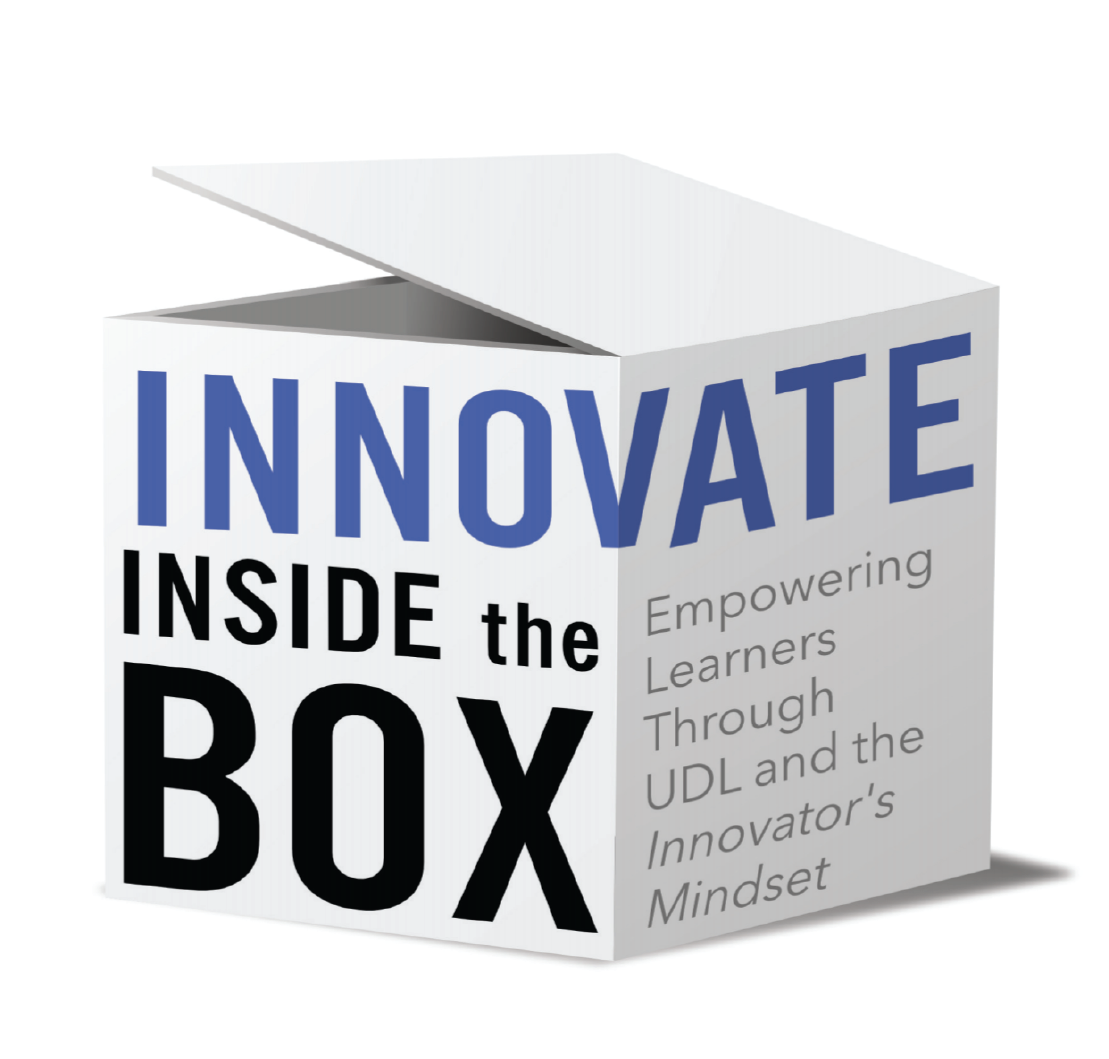Chapter 8: Networked
“Social media is like water. You can either let us drown or teach us to swim.” -High School Student
This quote starts off the chapter, Networked, because it speaks to the needs of our learners from a student’s perspective. How powerful is it when we can bring the ideas of our entire learning network to our school site or work place? In this chapter, you will explore ways to be a digital leader for your learners. After reading this chapter, you will have a better understanding of the positive power that being networked can have on your learning environment.
Further Reading
- This Is How One Sixth Grade Girl Helped Improve Flint’s Water Crisis
- 10,000+ Backpacks Filled With School Supplies to Be Distributed in Flint, MI
- Little Miss Flint’s 5 Awesome Tips for Becoming a Young Activist
- Digital Leadership Defined
Further Viewing
- Mari Copley @LittleMissFlint Twitter
- “Make Your Mess Your Message” with Mari Copley
- Susan Cain TEDTalk: The Power of Introverts
- Making Learning Personalized and Customized
Questions for Discussion
- How can you use cogen dialogues to collaborate with students about how to create more opportunities for them to work collectively and network in meaningful ways?
- Families provide an amazing resource to foster collaboration and networking. What strategies can you implement to network with families and provide opportunities for students to learn and share the best of the people who are closest to them?
- How can you design learning experiences that empower students to take action to create their own networks?

















